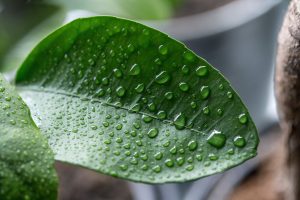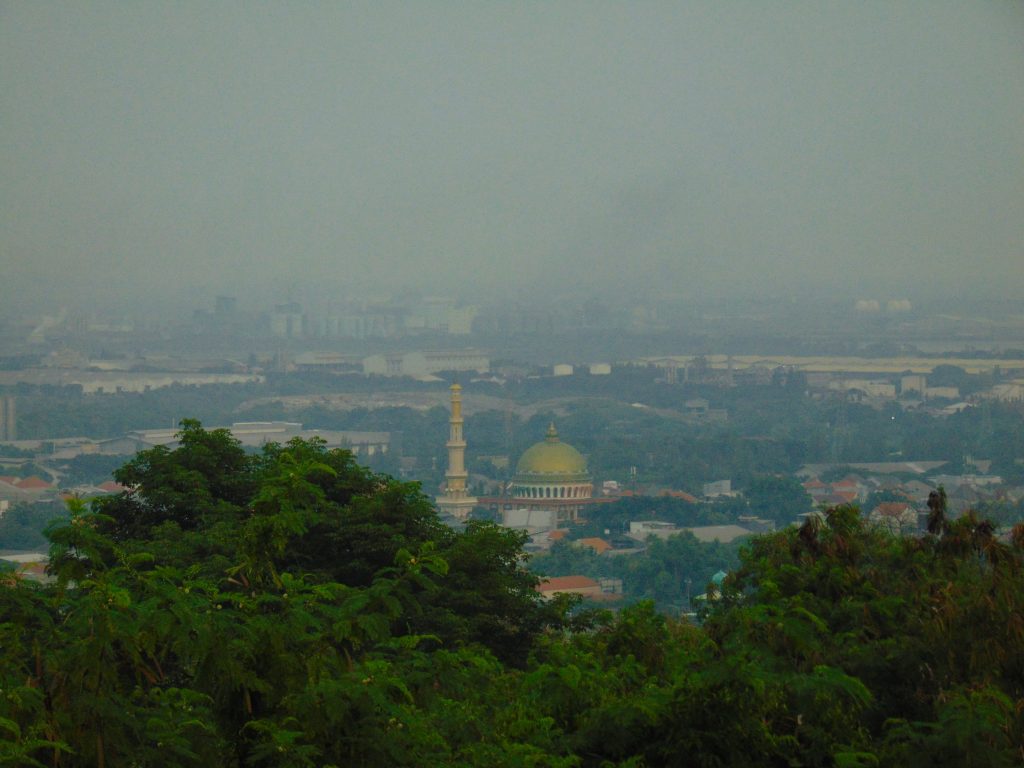You might be among the many who revel in the return to warmer temperatures. Unfortunately, the planet doesn’t find the change in seasons as much of a cause for celebration. When summer weather and air pollution collide, conditions become unhealthier for all her living creatures because of human activity.
How do rising temperatures and high humidity affect human behavior? What does it do to the various chemicals in the environment? The answers should make you want to do more to curb your carbon footprint. Here’s how summer weather and air pollution collide.
People Do More When the Weather Is Warm

Despite the proliferation of winter holidays, people don’t gather often when it’s cold. One recent survey found that people become 31% more social in the summertime, and traveling for mixing and mingling creates emissions. They also buy more to support those gatherings, meaning supply chains must kick into high gear.
That means more trucks on the road, too. Even though diesel is twice as efficient as gasoline, emissions from these vehicles still contribute to increased particulate pollution, making the air harder to breathe.
It’s not only entertainment that causes people to hit the road, although summer is traditionally family vacation time. Professions that depend on the weather’s cooperation also heat up. For example, construction accounts for the following:
- 23% of air pollution
- 50% of climate change
- 40% of drinking water pollution
- 50% of landfill waste
- 40% of energy usage
Furthermore, the agricultural sector also enters its busiest season. While small organic farmers may eschew chemicals, large farms that use pesticides create environmental harm. One recent study found that such products hurt beneficial ecosystem members, like earthworms, in 71% of cases. They also contaminate the soil for generations.
Heat Speeds up Chemical Reactions, Creating More Ozone Pollution

If you watch the weather on the morning news, you probably notice that pollution advisories fly fast and furious during the year’s hottest days. What’s the correlation between summer temperatures and air pollution?
Although you can’t see them, the air you breathe contains countless chemical emissions. Hot temperatures cook these substances, altering their composition and creating ozone.
In the atmosphere’s upper layers, ozone acts as a protective blanket. It forms when ultraviolet radiation collides with molecular oxygen, forming a shield that bounces much of the radiation back.
However, lower-level ozone results from volatile organic compounds and nitrogen oxides, two major components of air pollution. Although some of it travels to the stratosphere or upper levels of the atmosphere, most of it gets trapped as smog.
That’s why cities such as Phoenix often appear to have a hazy dome around them when viewed from a distance on a hot day. However, scientists have discovered this phenomenon in certain circumstances during the cold season in the past decade. It’s proof of climate change’s reality and takes a toll on human health.
People exposed to ozone pollution can experience damage to their respiratory tracts. They may develop symptoms like coughing, chest tightness, and worsening asthma symptoms. The WHO estimates that roughly 7 million people die prematurely annually because of filthy air.
Humidity Traps Pollution Instead of Dispersing It

Heat isn’t the only factor that makes pollution more severe and dangerous during the summer. Humidity also plays a role and affects pollution in several ways:
- Dispersion: Dry air scatters pollutants, removing them from the atmosphere. However, they stick to water droplets, causing pollution to accumulate on surfaces. Humidity can also confine contaminants to one area. When it does escape, it may fall as acid rain elsewhere.
- Chemical reactions: Water, like heat, can act as a catalyst, causing reactions between pollutants to happen more quickly.
- Visibility: Although water droplets are clear, pollutants are not. Fog and haze impede visibility, increasing accidents.
How You Can Reduce Air Pollution and Stay Safer This Summer

How can you reduce your contribution to air pollution and safeguard your health? While everyone must share this planet and its conditions, it’s also a collective effort to improve things. Here are four tips.
1. Drive Less
The weather is perfect for biking or walking. Increase your daily step count and calorie burn while reducing your carbon footprint. If you’re worried about showing up sweaty, opt for an e-bike — it’s seriously cooler than climbing into an enclosed vehicle on hot days.
2. Shop Local
Chances are, you have a farmers market near you. Stock up there. You’ll save money on your produce and can talk directly with the producers to find out what processes they use. Going organic was never so cheap and tasty.
3. Use Fans More and AC Less
Your HVAC makes up most of your home’s energy use. While you don’t want to dial it up too much on scorching days — it takes too much power to cool things down again — you should be wise. You can save as much as 10% a year on heating and cooling by turning your thermostat back 7-10 degrees when you’re at work.
A more eco-friendly and economical solution is to install ceiling fans. Although they don’t drop the temperature, moving air makes you feel several degrees cooler without adjusting your thermostat. Those in arid climates like the desert southwest can also look to misters that use tiny water droplets to cool outside air, decreasing the temperature inside your home.
4. Advocate
Do you hesitate to walk or ride because your town’s roadways pose dangers? Consider attending city council meetings or even serving on the transportation committee to advocate for safer bike lanes with bumpers, rumble strips, and pedestrian pathways.
On the federal level, you can always reach the Congressional switchboard at 202-224-3121. Bug your elected representatives and tell them you support legislation for green energy initiatives and infrastructure programs. Most of the time, you will not reach a real person but a voicemail. That’s a comfort for introverts — keep leaving messages.
5. Use an Air Purifier
Air Purifiers are particularly useful in areas where there is a high level of air pollution. That’s because although you can freshen the air by opening the windows, the tiniest particles like fine dust from the outdoor air will enter indoors. Venta Air Purifiers improve the indoor climate in your home and remove up to 99.995% of the pollutants down to 0.07 µm from indoor air.
How Summer Weather and Air Pollution Coincide
Summer’s return spells good news for many but not the planet. When warm temperatures and pollution combine, the result is not good for Mother Earth.
Now that you understand how summer weather and air pollution coincide, you can better do your part to reduce your carbon footprint. Practice better habits and encourage those in power to make changes so people can keep enjoying the warm season without punishing the environment.

